Using a Lawn Aerator 6 Simple Steps
Step 1 Do I need to use a lawn aerator?
- Does water not soak through your lawn?
- Is your grass not looking its best, with a lot of thatch or heavy organic matter?
- Does your lawn get heavy use, ie a lot of foot traffic?
If you answered yes, then your lawn will benefit from using a lawn aerator. A lawn aerator is not suitable for use on lawns which have been seeded in the last year.
Step 2 Before you aerate the lawn
A few days before you intend to aerate the lawn, water the grass. This will help the machine as it is best to use it on soft turf.
Step 3 Choose the right tines for the type of aeration you need
Hollow core tines are used on lawns which have too much thatch. They will pull up plugs of thatch and soil and give the grass room to breathe
Solid spike tines are used on lawns which are compacted and the water cannot soak through. They will improve drainage by loosening the soil and will allow the root system to grow.
For full instructions on how to use a lawn aerator check out our instruction leaflet
Step 4 Using the machine
Use the lawn aerator the same way as a lawn mower. Make sure to overlap the wheel footprint. It is best to make multiple passes over an area as the machine will only cover a small area of the grass on each pass.
Step 5 What to do with the soil plugs
If you are use the hollow core tines the machine will leave the soil plugs on the grass after each pass. If you want to remove them, don’t run over them with the machine wheels. The plugs may be left on the lawn after aeration or they can be removed and put in a compost bin. Either way they break down after about 2 weeks.
Step 6 After aerating your lawn
Give your lawn a good feed of fertilizer and water.
An optional extra is to spread sand over the lawn to fill in the holes.
We have a top quality Camon / Tracmaster Lawn Aerator for hire in the Dublin and Leinster area.
Contact us for more information

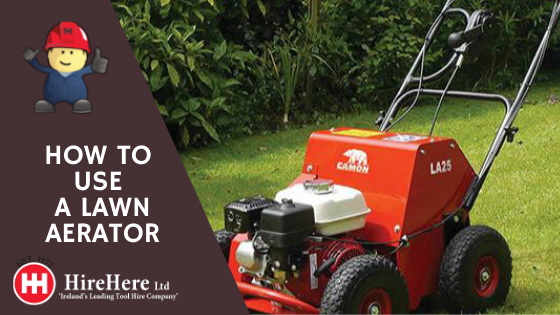

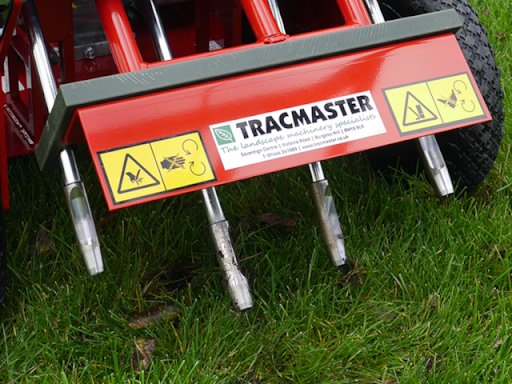
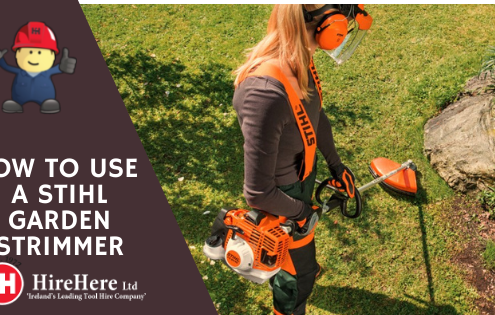
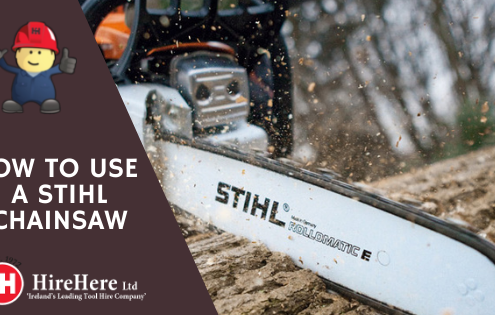
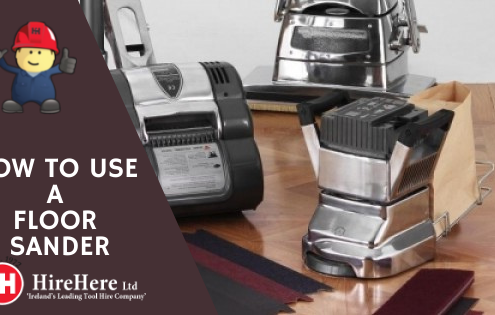



How often do you need to aerate your lawn where most of the grasses are brown in some areas?